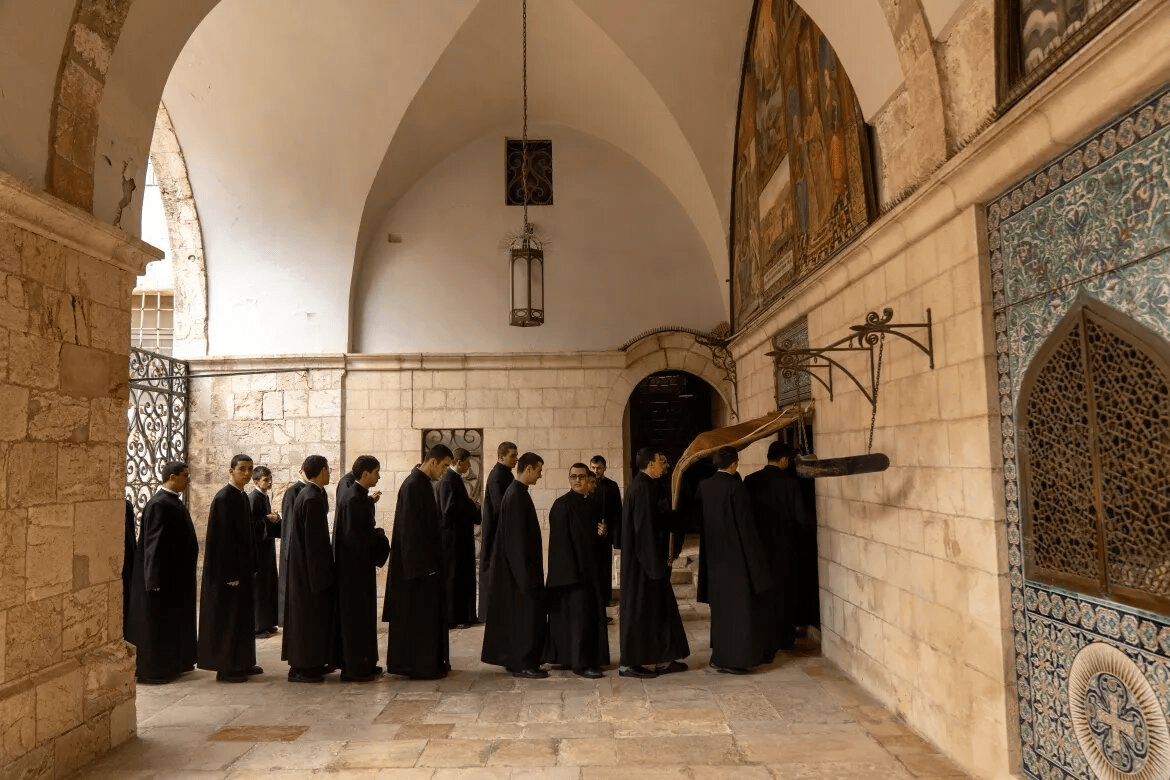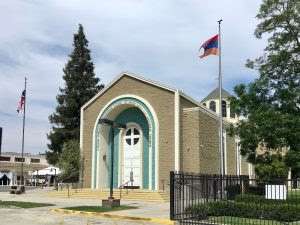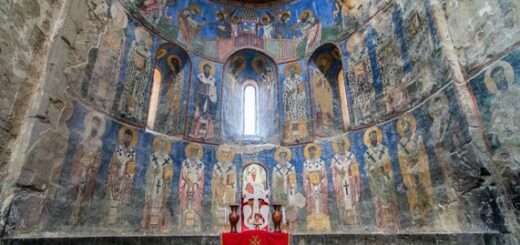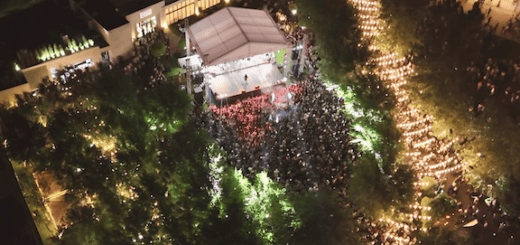Nearly half of attacks in occupied Jerusalem target Armenians

Jerusalem (AhlulBayt News Agency) — An Israeli organization documenting anti-Christian attacks has revealed that nearly half of the attacks in the Israeli-occupied Old City of al-Quds target Armenian Christians, amid an alarming spike in hate crimes in the Armenian quarter of the city.
The Religious Freedom Data Center (RFDC), in its new quarterly report titled Incidents Against Christians in Israel, published on Tuesday, recorded 31 anti-Christian hate crimes across the occupied territories.
According to the report, which covers July to September 2025, 43% of all incidents in the Old City of al-Quds targeted Armenian Christians, with the Armenian Patriarchate once again emerging as the most frequently targeted site.
The incidents included spitting, verbal harassment, trespassing, vandalism, defacement, online provocation, and the desecration of sacred sites, predominantly focused in and around the Old City of al-Quds.
Among the 31 recorded attacks, 9 incidents (29%) were characterized by spitting, 8 (26%) involved verbal abuse, 7 (23%) were related to online incitement, 3 (10%) pertained to vandalism of signage, 3 (10%) reflected disrespect towards a holy site, 2 (7%) were instances of defacement, and there was at least one case of trespassing.
Within the Old City, a total of 13 incidents (42%) were documented, with 43% (6) occurring at the Armenian Patriarchate, 23% (3) along the Via Dolorosa, 17% (2) in proximity to Jaffa Gate (known as Bab al-Khalil in Arabic), and David Street, and an additional 17% (2) in the Jewish Quarter.
Incidents were reported outside the Old City in West al-Quds (16%), Mount Zion (6%), and other regions beyond al-Quds (36%), such as Migdal HaEmek, Latrun, the Sea of Galilee, Capernaum, and Mary’s Spring located in Ein Kerem.
In numerous instances, police forces were purportedly on the scene but did not take action.
Official complaints were submitted, however, the RFDC observes that subsequent follow-up is still minimal.
The report highlights a distinct difference in enforcement actions: at the Polish Monastery, law enforcement responded promptly to halt harassment, whereas at Mary’s Spring in Ein Kerem, it appears that no authority is willing to assume responsibility, resulting in the site’s signage being consistently vandalized without any investigation.
As stated by RFDC director Yisca Harani, the official statistics probably reflect merely a small portion of the actual situation, pointing to extensive underreporting stemming from fear, resignation, and a deficiency in accountability.
The report cautions that “reports are filed, convictions are non-existent,” illustrating a trend of impunity that has rendered Christian communities more susceptible.





